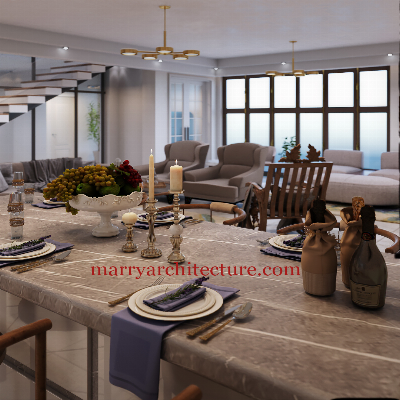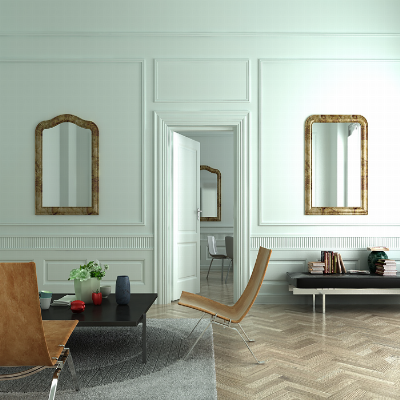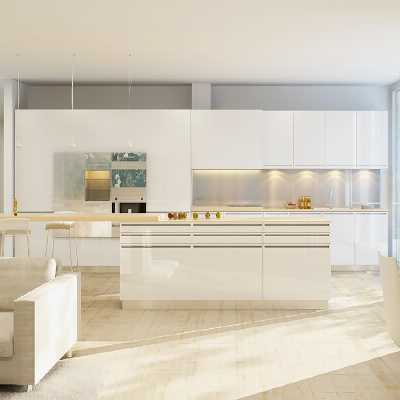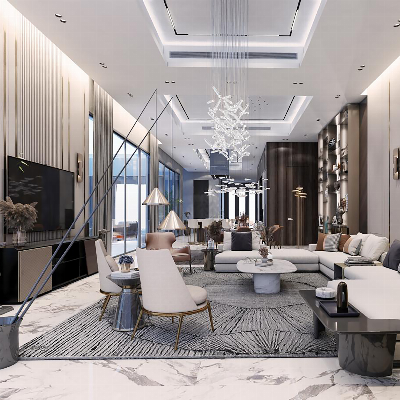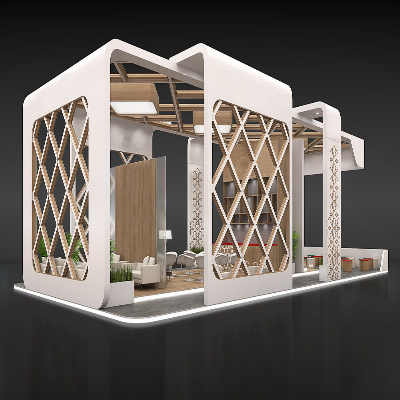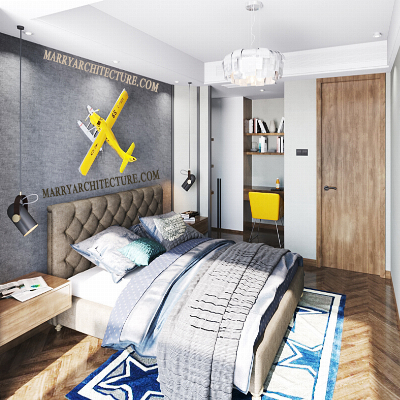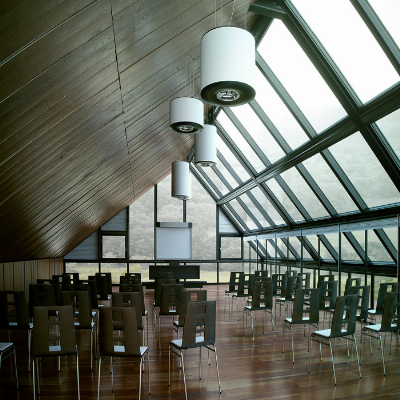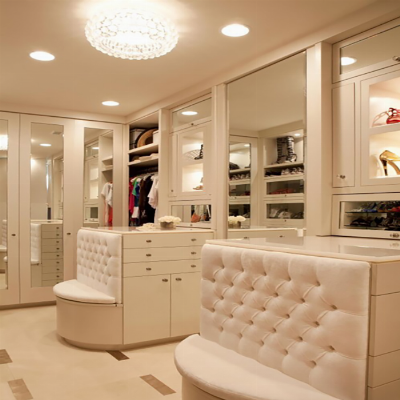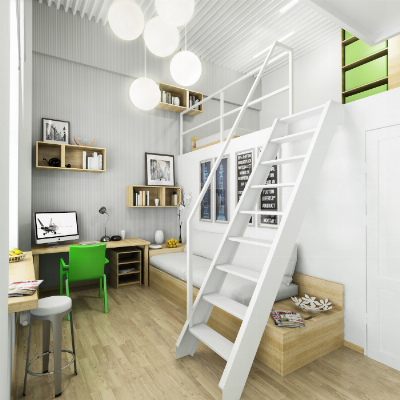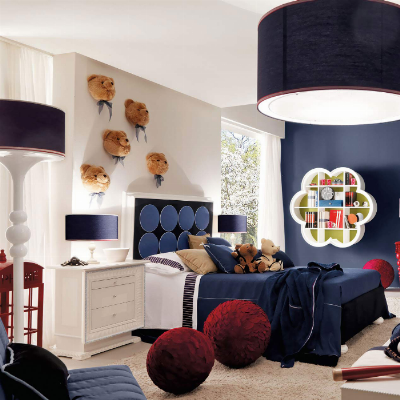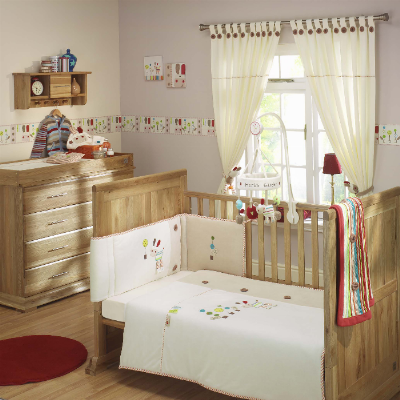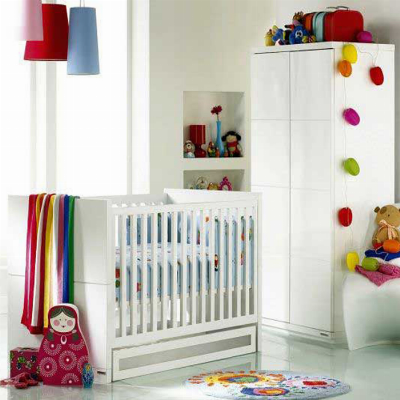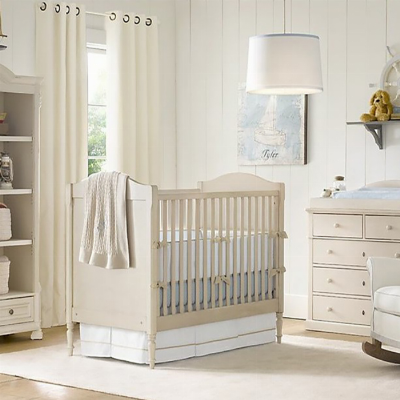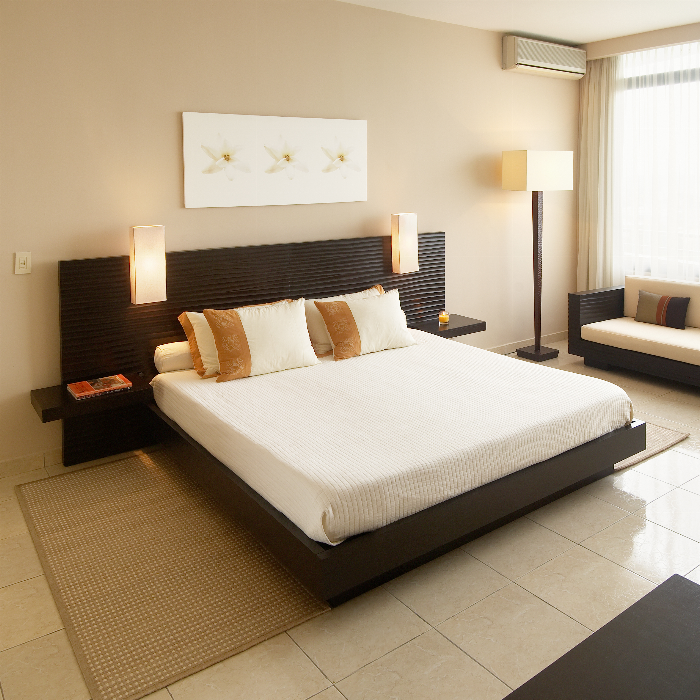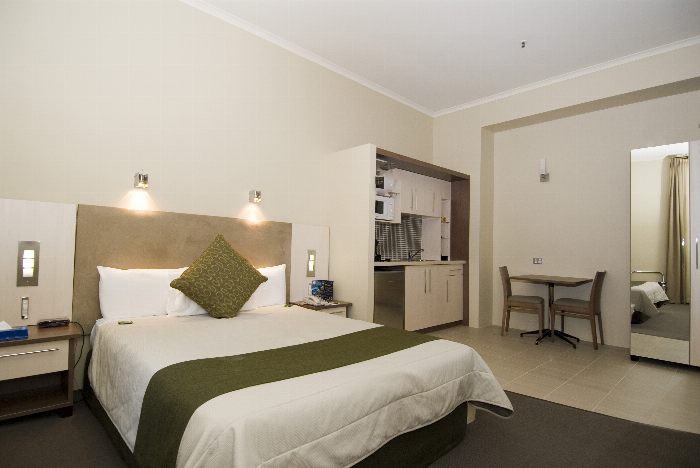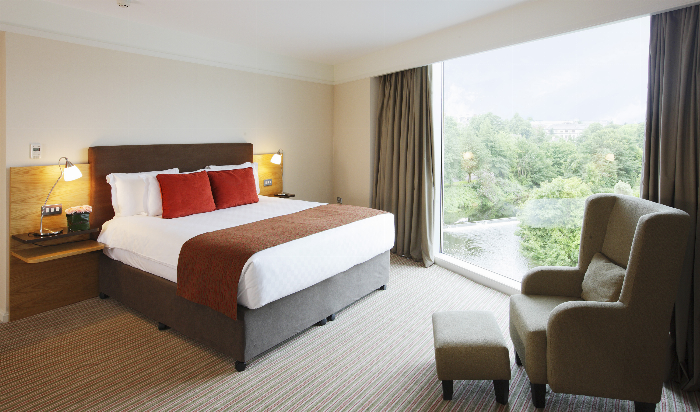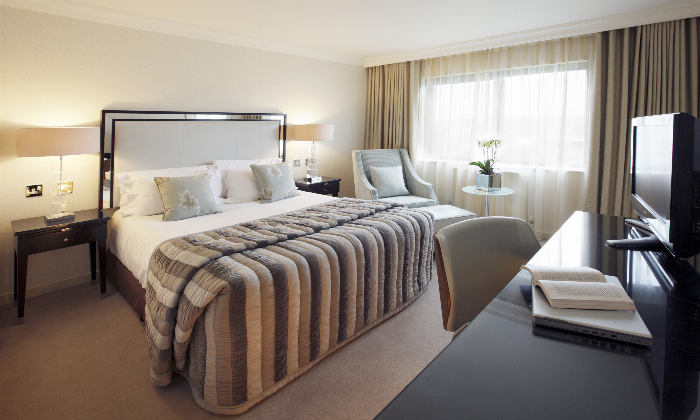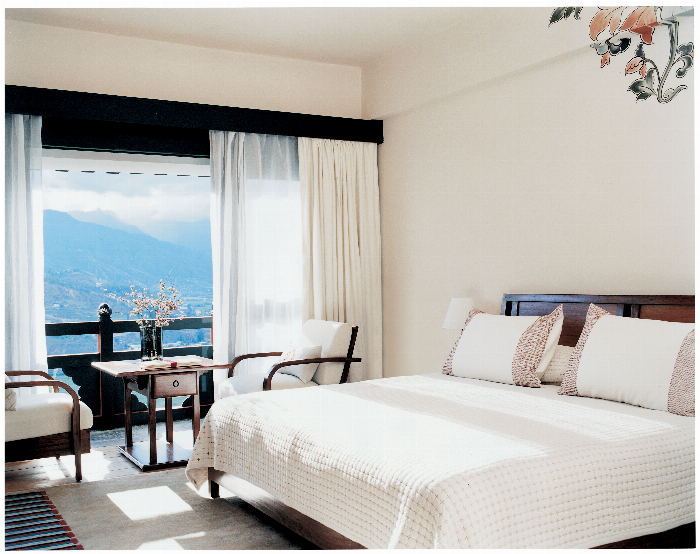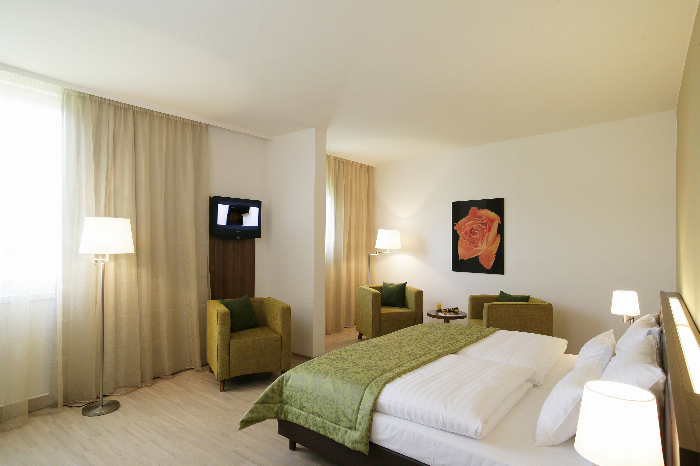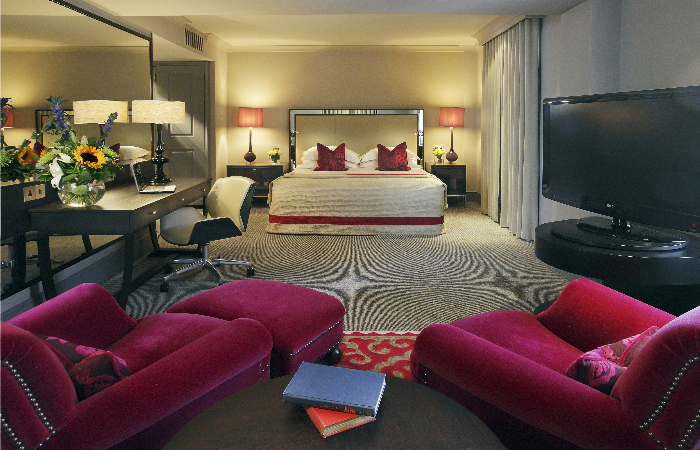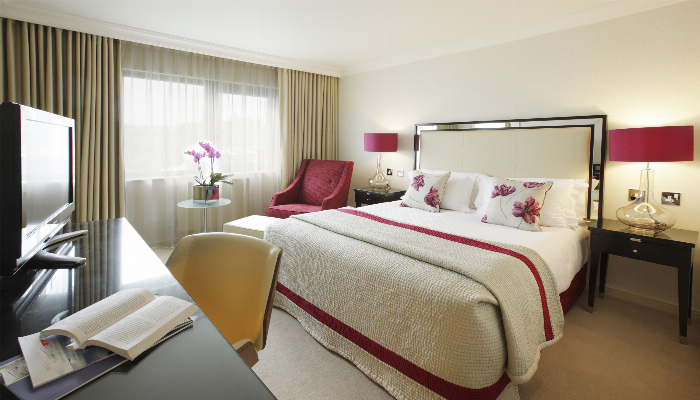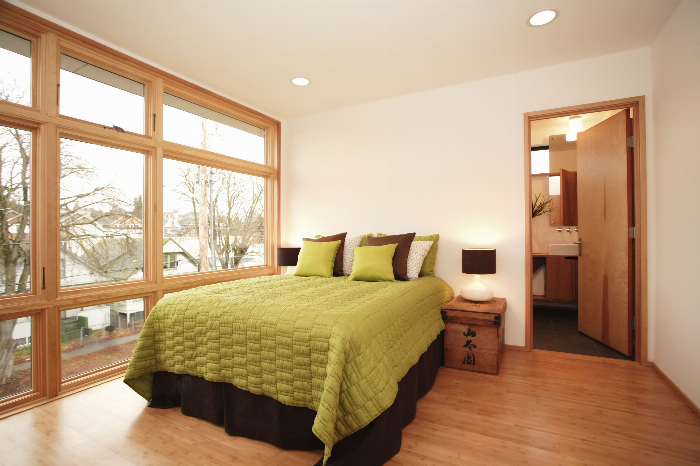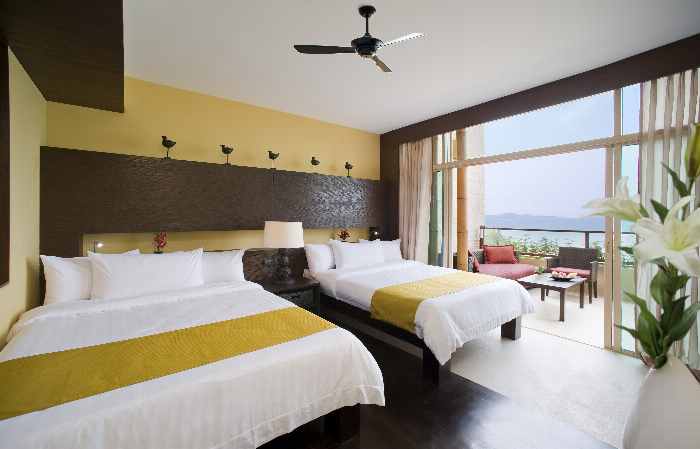Designing a hotel requires careful consideration of several important elements to create a welcoming and comfortable environment for guests. Some of the most important elements include:
Lobby and reception area design: The lobby and reception area are the first impressions that guests will have of the hotel. These areas should be designed to be welcoming, spacious, and aesthetically pleasing, with comfortable seating areas, attractive lighting, and well-designed front desk.
Guest room design: Guest rooms should be designed to be comfortable, functional, and well-equipped. The room layout should maximize the use of space and provide all the necessary amenities for a comfortable stay, such as comfortable beds, high-quality linens, ample storage space, and well-designed bathrooms.
Common areas: Common areas such as restaurants, bars, and lounges should be designed to create a warm and inviting atmosphere. These areas should be designed with comfortable seating, attractive lighting, and tasteful decor.
Accessibility: Designing for accessibility is important in hotels, with consideration given to the design of common areas, guest rooms, and amenities such as swimming pools and fitness centers.
Sustainability: Incorporating sustainable design elements, such as energy-efficient lighting and HVAC systems, water-saving fixtures, and environmentally-friendly materials, is important in creating a modern and responsible hotel design.
Safety and security: Designing for safety and security is also important in hotels, with features such as secure guest room locks, well-lit hallways and common areas, and emergency evacuation plans.
By carefully considering these elements, designers can create a hotel that is both functional and aesthetically pleasing, providing guests with a comfortable and enjoyable stay.

